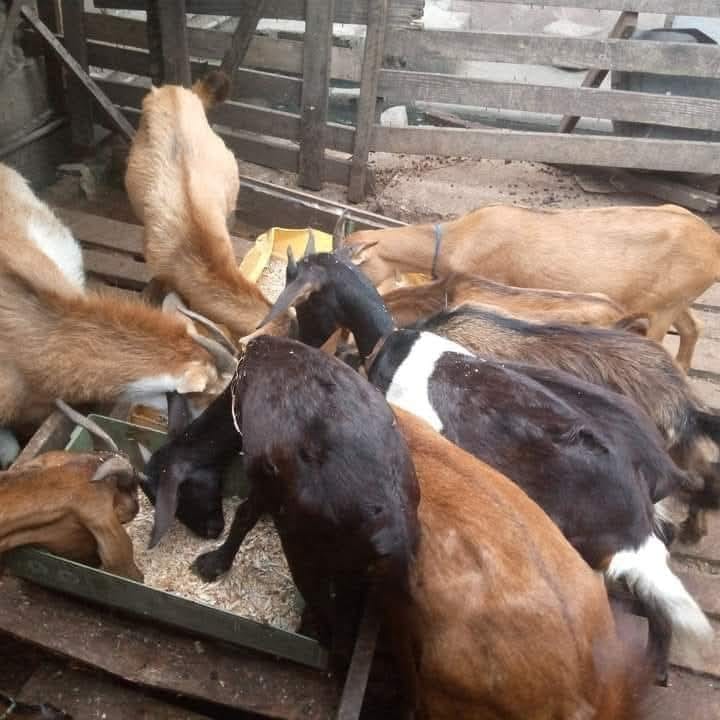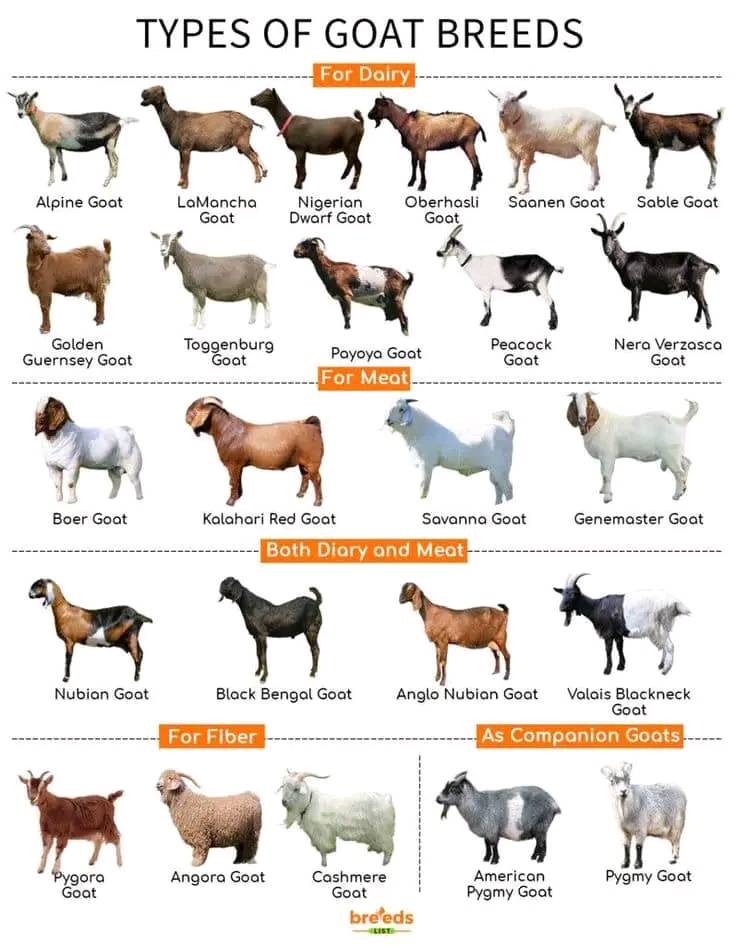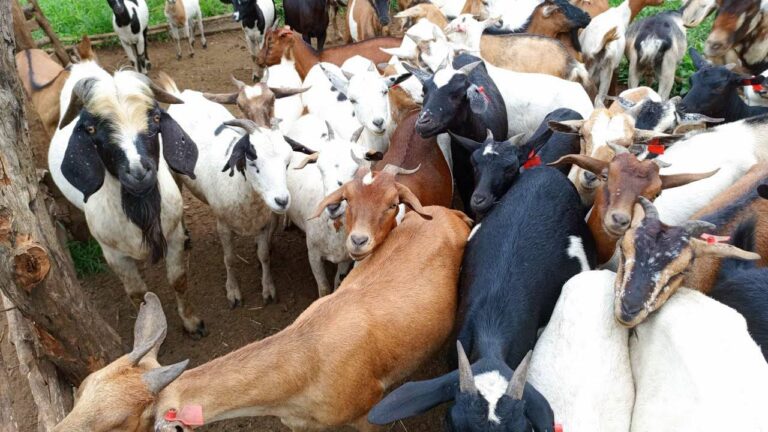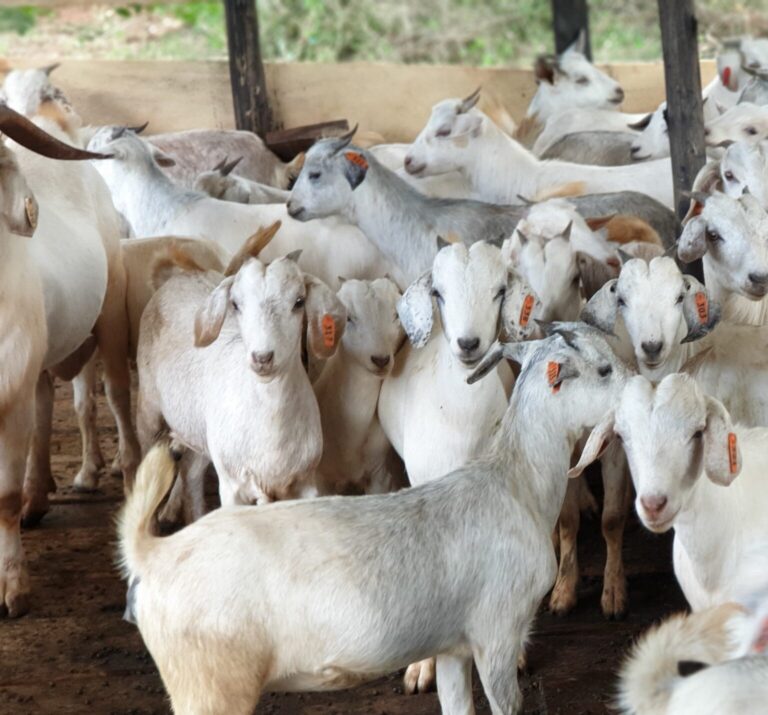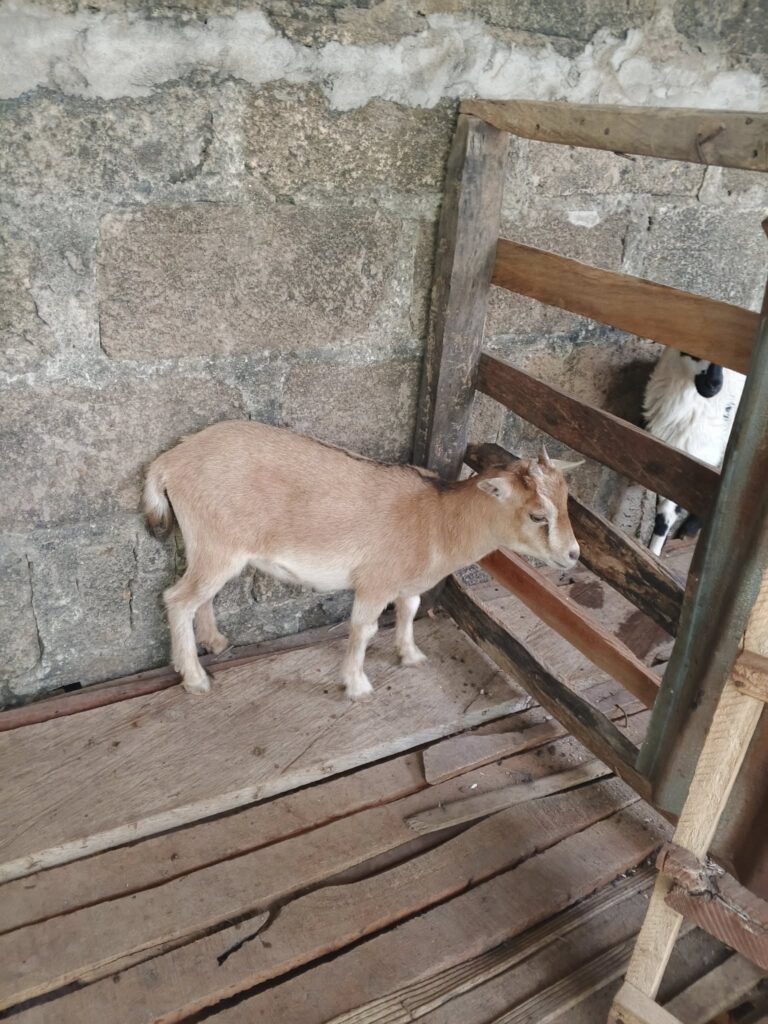Breeding season involves strategic preparation that boosts fertility, enhances conception rates, and ensures healthy offspring. The work you do in the six to eight weeks before mating begins has a direct impact on how many healthy kids hit the ground months later.
This guide outlines the essential steps in preparing goats for breeding season, focusing on nutrition, health, and overall conditioning.
Importance of Breeding Preparation
Goats, especially in seasonal breeding regions, come into heat naturally during the cooler months. But without proper preparation, you may face low conception rates, irregular heats, poor semen quality, or weak kids.
Bucks may be willing but not ready. Does may cycle but not ovulate effectively. This results in missed breeding windows, poor kidding intervals, and economic loss.
That’s why it’s critical to focus on both the nutritional build-up and health optimization of breeding animals, long before the first mating begins.
1. Body Condition Scoring (BCS)
The ideal body condition score (BCS) for breeding does and bucks is 3.0–3.5 on a 5-point scale. Too thin, and fertility drops. Too fat, and ovulation becomes erratic.
How to assess BCS
Run your hand over the goat’s ribs, spine, and loin. A score of 3 means you can feel the bones but not see them, with good flesh coverage.
If bones are prominent, it’s too low; if there’s excessive fat over the ribs and tailhead, it’s too high.
If your goats fall outside the target range, adjust feeding early enough to give them time to gain or lose weight safely before mating begins.
2. Flushing
Flushing is the practice of increasing feed quality and energy levels in does 2–4 weeks before breeding to stimulate ovulation and increase the chance of twins or triplets.
Flushed does tend to:
- Ovulate more eggs
- Conceive more easily
- Show stronger, more visible heat signs
How to flush
- Provide energy-dense supplements like grains (maize, sorghum), legume hay, or palm kernel cake
- Increase feed gradually to avoid bloat
- Ensure consistent mineral access
Once breeding occurs, return does to their maintenance ration to avoid early embryo loss due to sudden feed changes.
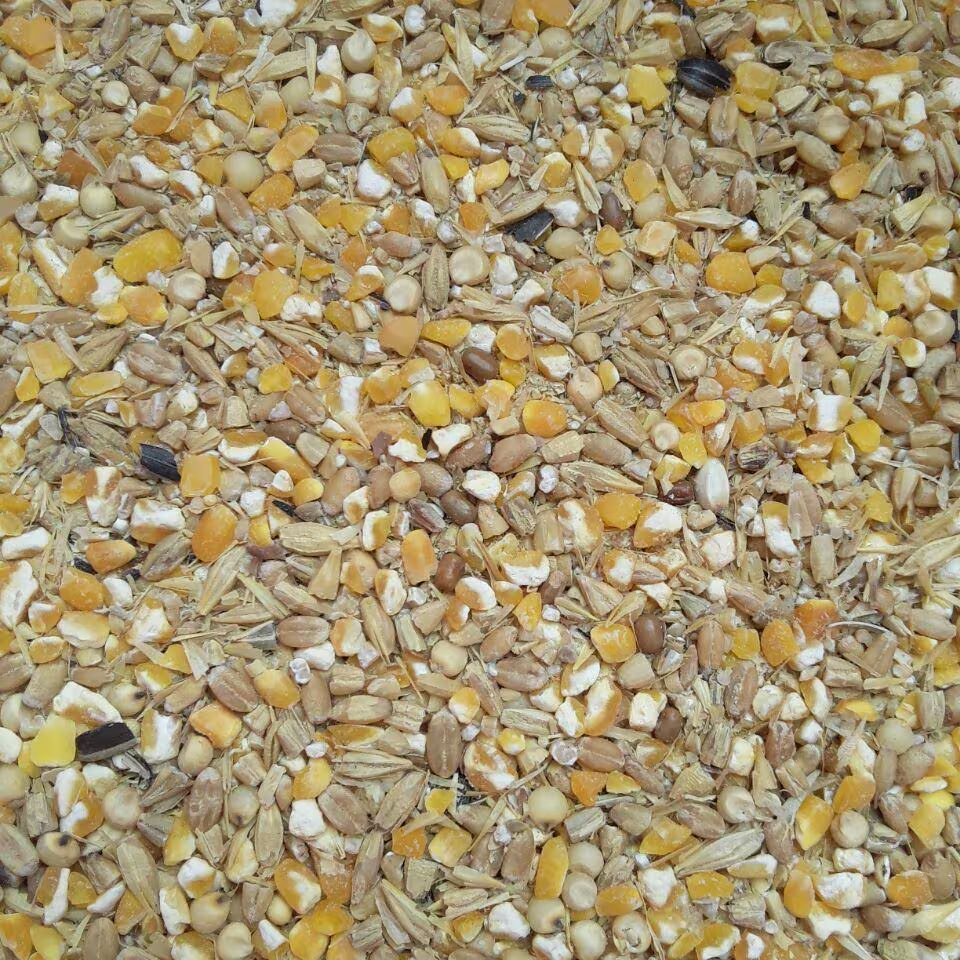
3. Buck Nutrition
Often overlooked, buck preparation is just as critical. Bucks must have strong libido, healthy sperm production, and the stamina to service multiple does.
Start prepping bucks at least 6–8 weeks before breeding with:
- High-quality forage (hay or browse)
- Moderate concentrates (around 1–1.5% of body weight)
- Protein-rich supplements (e.g., groundnut cake, soybean meal)
- Free-choice access to goat minerals, especially zinc and selenium for sperm health
Avoid overfeeding; obese bucks may experience lower sperm quality and reduced interest in mating.
4. Deworming and Health Checks
Internal parasites rob goats of energy and nutrients, making them unfit for reproduction. Before breeding season:
- Deworm does and bucks at least 2–3 weeks before mating, using effective, locally recommended dewormers.
- Check for external parasites like lice or ticks and treat accordingly.
- Vaccinate if needed, especially for clostridial diseases (like enterotoxemia) and PPR in endemic areas.
Also inspect:
- Feet and hooves: Trim and treat hoof rot early to ensure animals can mount or stand comfortably.
- Reproductive organs: Bucks should have firm, symmetrical testicles and no swelling. Does should be free of vaginal discharge or past kidding complications.
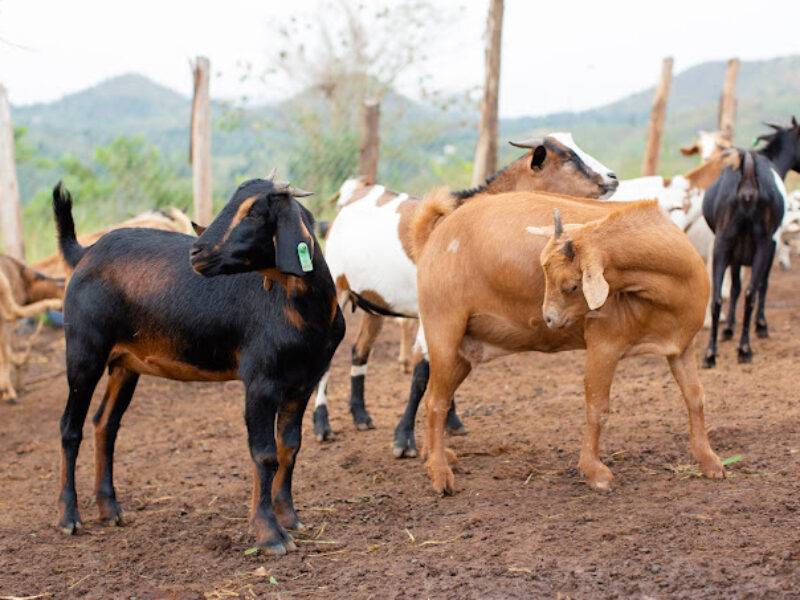
5. Stress-Free Environment and Grouping
Breeding animals thrive in calm, well-managed surroundings. Stress from overcrowding, transport, or poor handling can delay heat or reduce sperm production.
To prepare:
- Separate breeding groups (does, bucks, young stock)
- Provide adequate space, shade, and clean water
- Avoid mixing unfamiliar goats just before or during breeding; introduce them gradually
Also make sure the breeding pens are dry, safe, and have non-slip flooring to allow for easy mating without injury.
6. Light and Season Consideration
Goats are short-day breeders, meaning they breed naturally when daylight hours shorten. In tropical climates, breeding can occur year-round, but you can still enhance heat activity using:
- Artificial lighting control (in advanced setups)
- Introduction of a teaser buck to stimulate heat cycles through scent and interaction
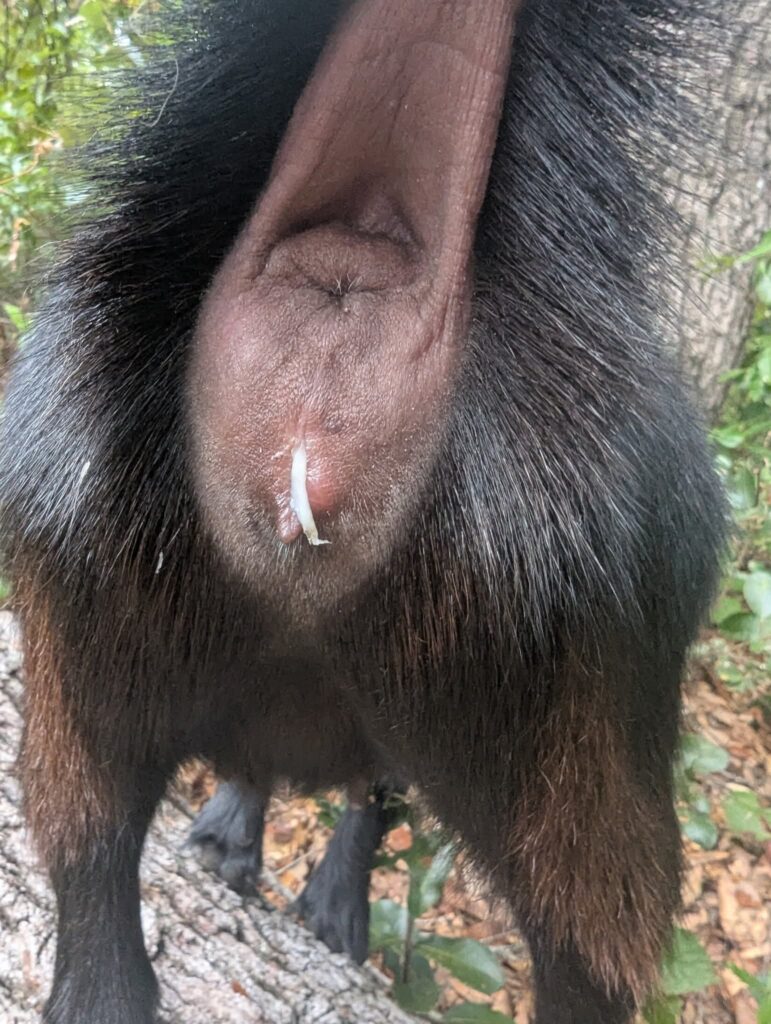
7. Heat Detection and Record-Keeping
As breeding nears, track:
- When each doe shows signs of heat
- When mating occurs
- Health issues or behavioral changes
Accurate records help predict kidding dates and identify reproductive challenges early.
Wrapping Up
Breeding success starts in the feeding trough, mineral bucket, and hoof trimmer’s hands. With thoughtful preparation, you’re improving fertility rates, and investing in stronger kids, healthier does, and higher profitability months down the line.
Don’t wait until the bucks and does are in the same pen. Start prepping your herd now: feed, check, balance, and record.
Related:

